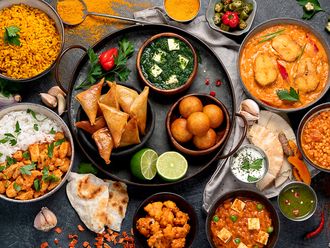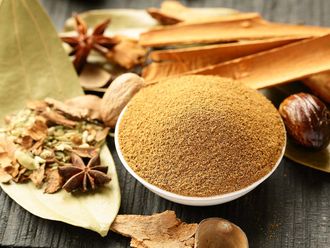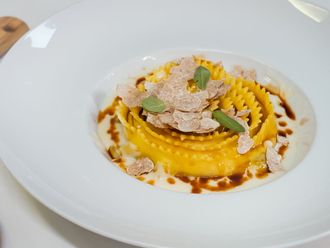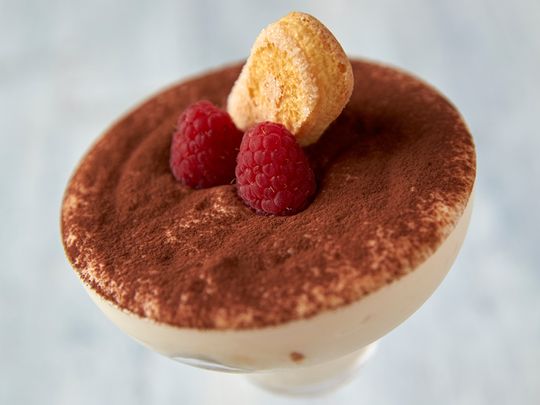
What would you usually end the last course of your meal with? Something sweet, a dessert. But have you wondered who started this tradition and why?
Dessert is a word derived from the French word – Desservir, which means to clear the table. In the 1990s, the word became common usage for the final course, for which the tables would be cleared. As French cuisine gained popularity, dessert and its practice to be served after meals became common too.
An article by daily.jstor.org explains that in the French context, the course was known as “le fruit” and later the bourgeois replaced it with dessert.
Many confections such as pastries, sweet pies, biscuits, cakes, puddings, ice creams, custards, tarts and are popular desserts. So are fruits and fruit salads because of its natural sweetness. Many cultures sweeten their savoury dishes to create desserts too. In India, a popular deep-fried savoury - shakerpare is dipped in sugar syrup to make it sweet.
If you are looking for a twist of flavours, something sweet and hot, then try this recipe for chilli pineapple ice cream.
According to a New England Culinary Insitute’s blogpost: “There are Greek writings that mention a sweet final course served in Iranian meals that would consist of sweet fruits, a sweet beverage or a type of honey cake. It was a way of finishing a meal with something sweet to settle the stomach or just to clear the palate.”
In John A.La Boone’s book, Around the world of food, adventures in culinary history, there is an entire chapter called Cherries – The legendary dessert fruit. He traces the origin of the word cherry, which is derived from a Sanskrit language word – Karazara, meaning ‘what juice… what flavour’!
If you were to dine at a South Asian household then you would get mangoes, watermelons, bananas, grapes, honey dew or seasonal fruits towards the end of your meal. In countries like Malaysia, Japan and China, serving fruits this is a common practice.
In the Middle East, most popular desserts are dairy based, not to forget the legendary Kunafa, which uses cheese. Luqaimat, baklawa, Umm Ali, Basbousa are some very common desserts that are loved by residents and tourists.
We have picked 7 featured recipes from around the world that you could create at home, this weekend.
Tiramisu
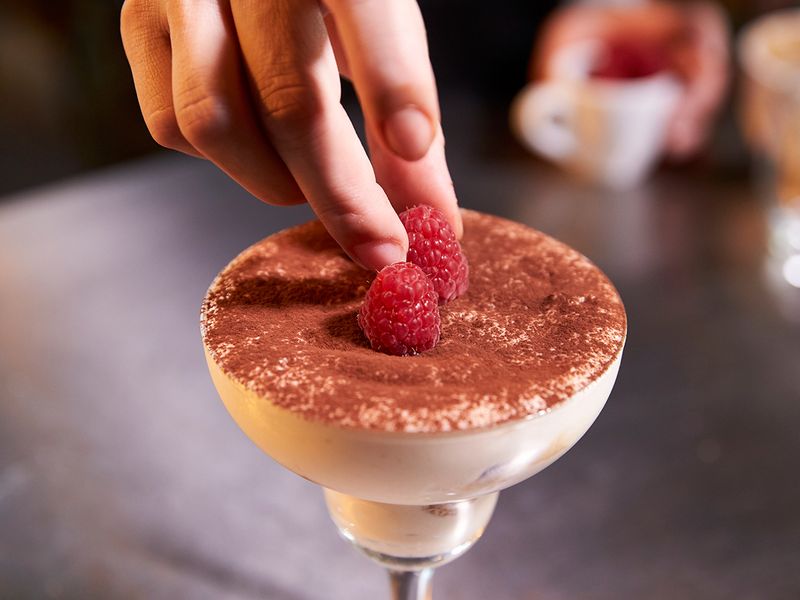
This is a coffee-flavoured dessert from Italy made using, meringue, lady fingers dipped in coffee and mascarpone cheese. Here is recipe to whisk the perfect stiff meringue at the right temperature and create this recipe from scratch.
Kesari
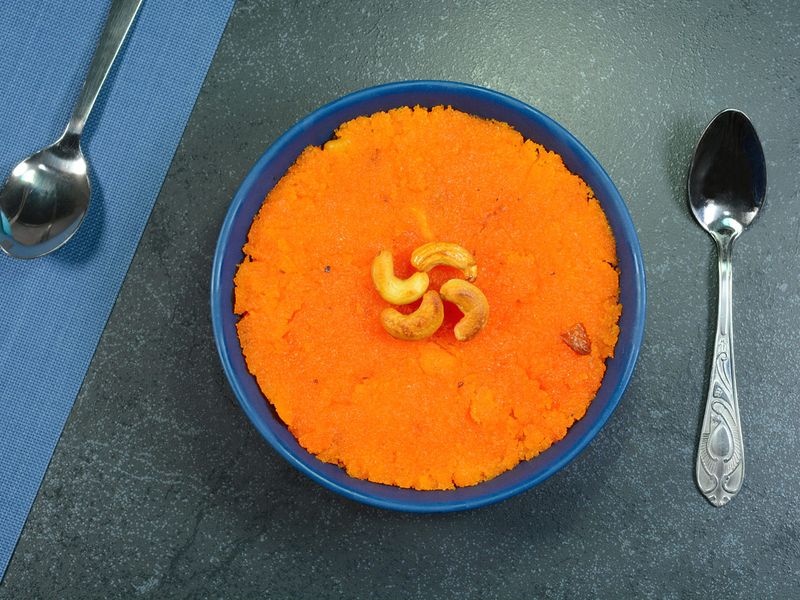
This Indian dessert is a testament of how semolina or rawa is used in so many different ways in India. A popular dish from the Southern states of Karnataka and Tamil Nadu, you need as little as five ingredients and 20 minutes to make it. Try it.
Layali Lubnan
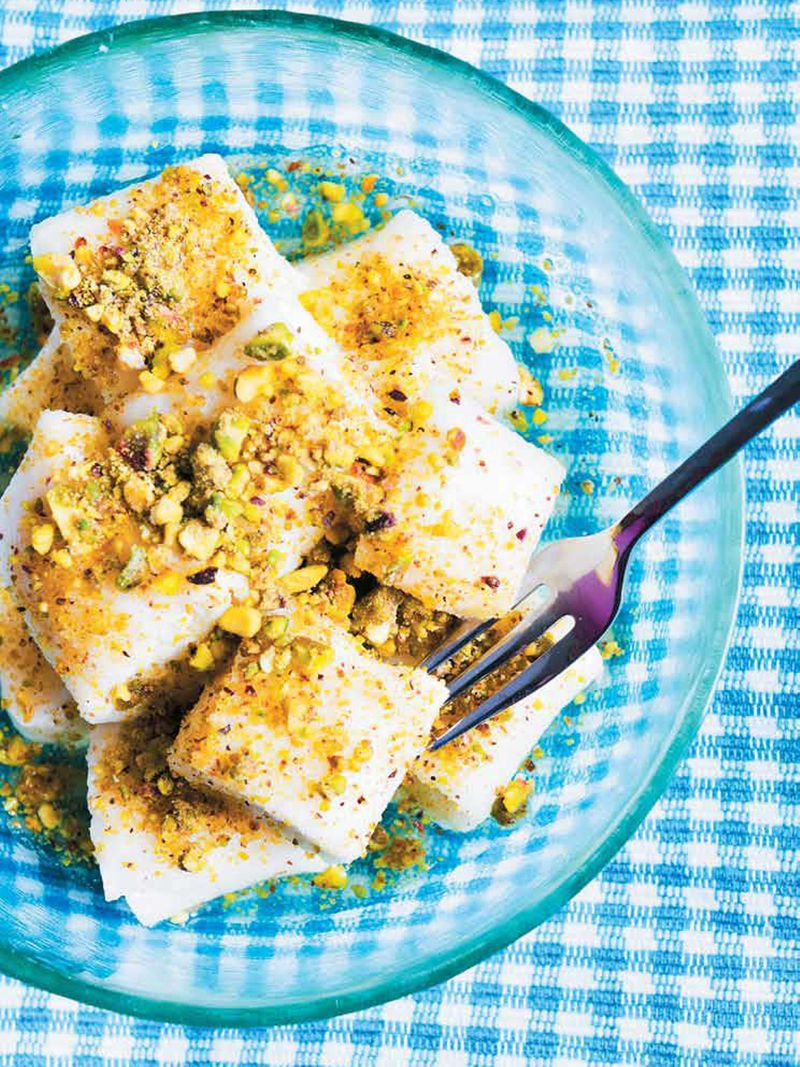
This Lebanese dish translates to Lebanese nights and is one of the most served desserts, especially in homes during the festival of Ramadan. It is a semolina pudding topped with cream and pistachios. Here is a recipe you can try.
Almond basbousa with vanilla and rose syrup
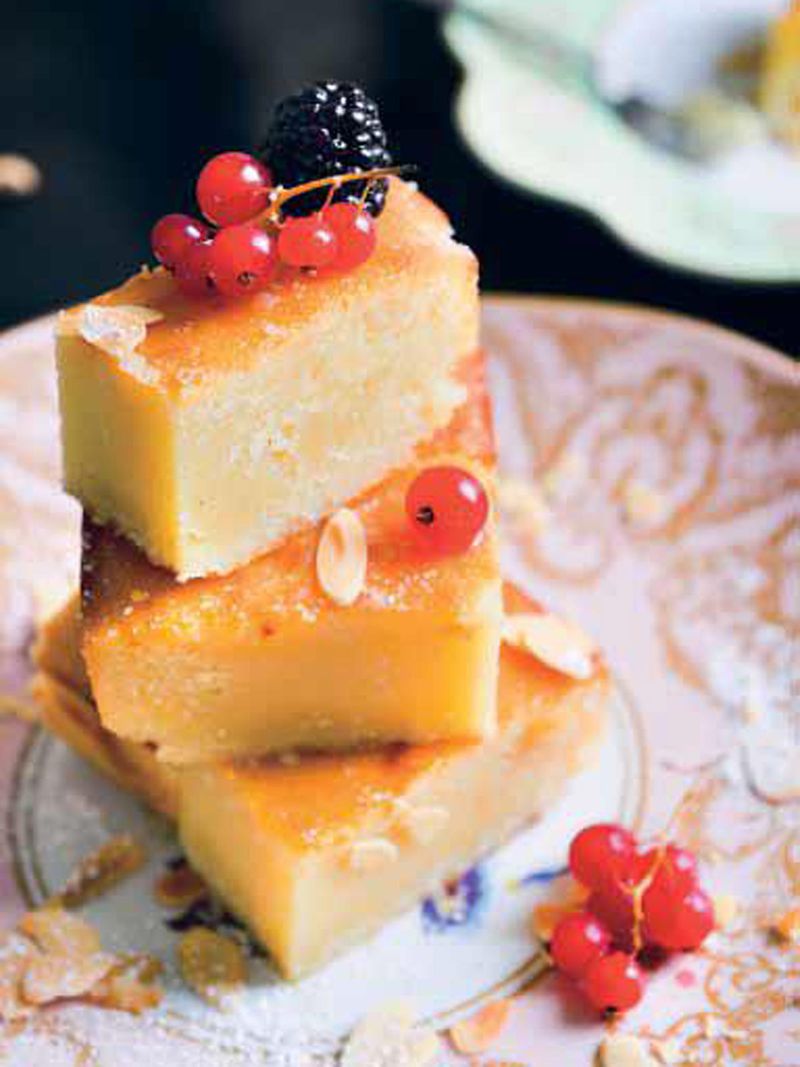
A traditional Turkish dessert, Basbousa is a sweet, syrup soaked semolina cake that is a popular dessert across the Middle East. Try this recipe, which has a hint of vanilla flavour and nutty taste to it.
Pudim de ovos: This Portuguese dessert is 'eggs-tra' sweet
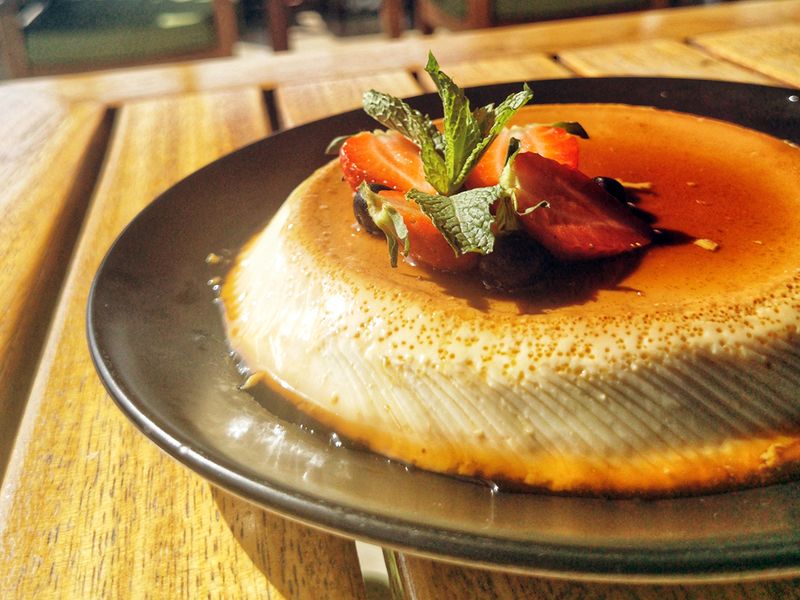
This is a traditional Portuguese dessert that tastes like caramel pudding. All you need is a zest of lemon, milk, some eggs, sugar and vanilla essence in your pantry and you are set. Try out the recipe here.
Apple Strudel

This is a layered pastry with origins in Austria and popular during the winter festive months. You can now make the filling and strudel pastry with this recipe. All you need to have is some time and patience to create this delicate dessert.



